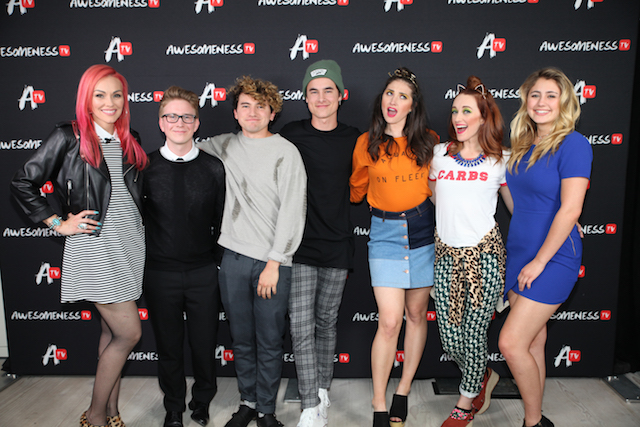5 Influencer Marketing Trends That Will Dominate 2017
Influencer marketing exploded in 2016, with more brands turning to digital creators to reach new audiences, younger customers and to build buzz around their products.
And it shows no signs of slowing down.
According to the 2016 Influencer Marketing Report, 66% of marketers have already introduced an influencer marketing strategy, while gen.video reports that:
“There will be an uptick in investment in influencer marketing: 50% of brands will significantly increase their investment in 2017.”
We’re in the Wild West stages of influencer marketing; so giddy up, it’s going to be a wild ride.
Here’s what to expect in 2017 and the years to come.
1. A Battle for Attention
Does the world really need another makeup vlogger? How about a fitness influencer? Nope. That’s why influencers are going to have to branch out in order to get noticed.
Instead of focusing solely on one thing, more and more influencers are getting into the lifestyle segment, which takes them in all sorts of new areas and differentiates them in the marketplace.
Max Polisar, Chief Revenue Office at AwesomenessTV, says:
“In order to get noticed an influencer needs to be consistent on publishing, have a distinct point of view, and can’t be afraid to be themselves.”
2. There Will Be More Branded Content
This is still mind blowing to me – a whole video series that’s basically a commercial?
I guess it’s no different than the old soap operas – they were created to sell soap, and they turned into pretty good entertainment.
A great example of this is Awesomeness TV’s hit scripted series Royal Crush, which is designed to both entertain and sell cruises to teens.
But won’t viewers get annoyed at watching a giant commercial?
According to Polisar:
“If you produce a great show with interesting characters, then the viewer won’t care. It’s no different than a traditional TV show, being brought to you by sponsors. At the end of the day it’s about telling worthwhile story.”
3. Lines Blur Between Celebs And Influencers
It’s sort of like how rappers always want to be athletes, and athletes want to be rappers. I’m not sure what Chrissy Teigan does, yet I follow her on social because she’s hilarious. Is she a model, a celebrity, an influencer? How about PewDiePie or Tyler Oakley. Are they influencers or celebrities?
The big difference between influencers and traditional celebs is their level of engagement.
Craig Lewis, VP Brand Partnerships at Disruptiv Agency, says:
“The level of engagement is critical to truly pushing a brand forward. Celebrities are appreciated for the work they do. An influencer is more likely to be appreciated for who they are. The distinction is noticeable and is why you find a trend of “A List” celebrities establishing more of a presence via their social media.”
4. Live Video Will Continue To Grow
Everyone’s still trying to figure out live video – and you can tell. Most of the production is poor, and so is the content. This will change as platforms figure out how to monetize live video.
Facebook’s testing 15-second mid-roll video ads inside live broadcasts, which will drive more content.
Expect to see more of this from other platforms in the future.
5. Re-evaluation Of Metrics
It ain’t all about views and subscribers any more. According to Darby Barton and Nichole Brand from XOMAD:
“We’ve seen traditional marketing metrics applied to influencer strategies, leading to inaccurate expectations and campaign planning. Cost per engagement models will provide more accurate pricing and greater ROI for influencer strategies. Standards will emerge to allow reach and engagement across Instagram, Snapchat, Twitter, Facebook, Pinterest, etc. to be meaningfully compared to one another as well as to log monthly unique numbers.”
But the biggest trend of 2017 is fairly obvious – influencer marketing will only get bigger.
With the rise of ad blockers, the decline in traditional TV viewership, and the steady rise of social media, marketers need to fully embrace influencers in order to amplify their message in 2017 and beyond.


